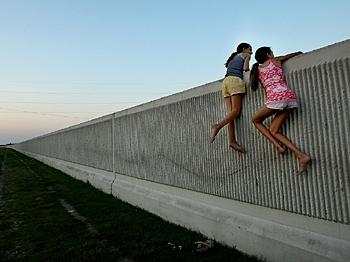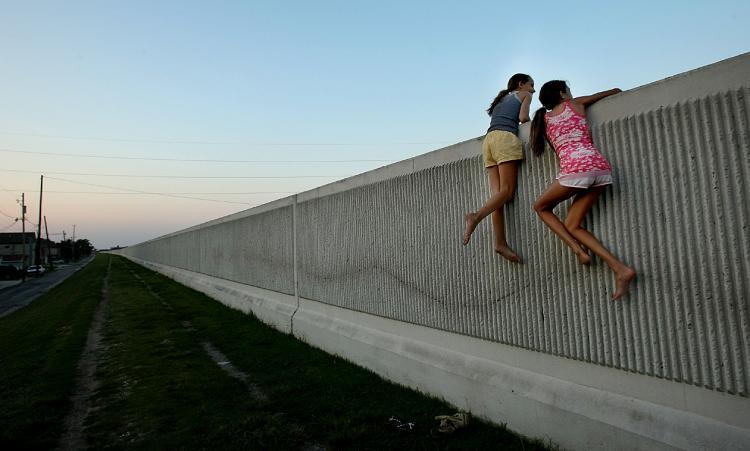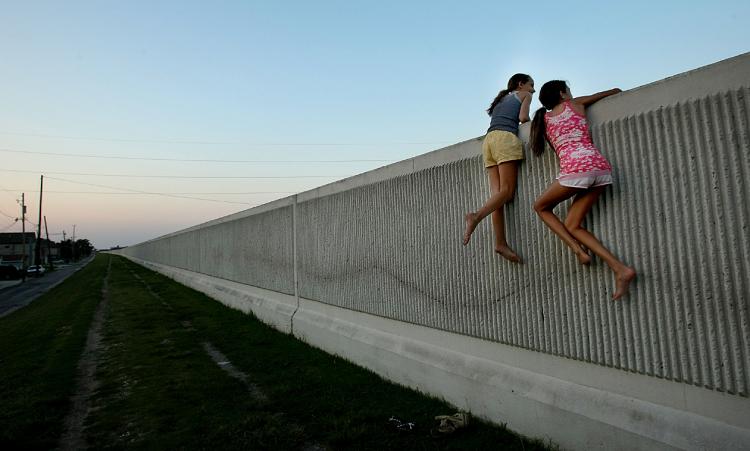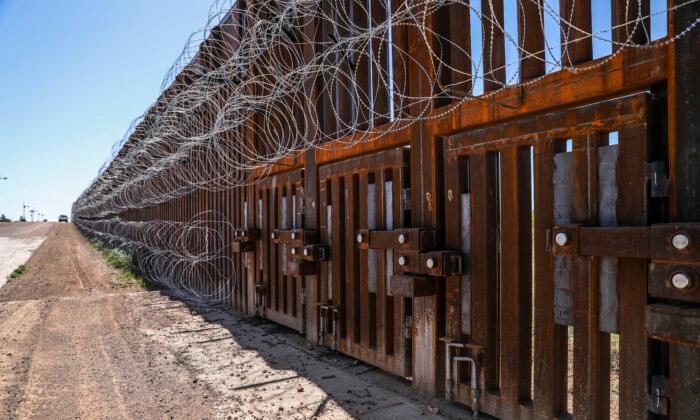Three years—more than a thousand days—have passed since Hurricane Katrina decimated New Orleans on August 29, 2005.
For a thousand days displaced residents have wondered when they would be able to move back into their old homes. For a thousand days, business owners have dreamed of the day that their establishment could be as successful as before Katrina. And for a thousand days, the outpouring of emotion and support for Katrina victims has met its match in the anger and frustration of the sluggish and careless responses from governmental agencies.
Tanya Harris, Head Organizer for the New Orleans branch of the community advocacy group ACORN, says that money being put toward recovery has been slow in getting to where it is needed the most—if it gets there at all.
“Very little of that [recovery] money is for housing,” says Harris. “When there is a new school being built, or a tax incentive to get businesses get cranked up and going in the area, when you have landscaping projects, health clinics and things like that that make it easier for people to live there, you are creating an environment that’s easier to return to. When you don’t do that, it makes it harder to come back.”
New Orleans is nothing like the city it was on August 30, 2005. Many of its pre-Katrina locals have returned, the economy in most areas is on relatively steady footing, and life is returning to normal. President George Bush, in a speech in New Orleans on August 20, along with mouthpieces of various governmental groups including the Federal Emergency Management Agency (FEMA), would have the public believe that New Orleans is speeding down the recovery highway. But evidence from locals and two reports published this month by the Brookings Institute and the Kaiser Family Foundation paint a less rosy picture for post-Katrina New Orleans.
A Tale of Two Cities
After Hurricane Katrina plowed through New Orleans and parts of the Gulf region, government officials were hesitant in sending help to the ravaged areas of the Southeast United States. The nonchalance can be summarized by then-director of FEMA Michael Brown’s reaction to Katrina, begging in an email to FEMA’s deputy director of public affairs Cindy Taylor, “Can I quit now?”
President Bush later backed Brown amid public outcry over FEMA’s response to Katrina, but, as the New York Times put it, “Nothing about the President’s demeanor… which seemed casual to the point of carelessness – suggested that he understood the depth of the current crisis.”
Bush, in his August 20, 2008 address, only spoke of how great everything was improving and how much money was being spent here and there. Over $126 billion was dedicated for disaster relief, he said, stressing statistics such as those that “the Army Corps of Engineer [sic] has repaired 220 miles of levees” or that “employment increased by 8,000 jobs.”
But Harris notes that although a lot of work is being done throughout the city for ongoing recovery efforts, how funds are spent is tricky.
“You find yourself spread very thin [in recovery work],” says Harris. “If enough issues pop up, we can be distracted enough not to realize that the money is already being divvied up somewhere else.”
The White House and FEMA continue to refuse to admit their shortcomings in handling Katrina. Their numbers on how much money was allocated or how many jobs were created may be accurate, but they hide the dark side of the story.
Of the $126 billion given to state and local authorities, $33.2 billion was devoted to the Louisiana Recovery Authority (LRA), and at the three-year anniversary of Katrina, the LRA has admitted that it has used less than half that money. The Army Corps of Engineers’ 220 miles of levees are marred by faulty calculations, flaws, and delays—to the point that they are barely better than the levees that failed to withstand Katrina’s wrath in 2005. And the 8,000 new jobs? A miniscule amount compared to the 91,000 recovered by New Orleans in the year and a half after Katrina, according to the Brookings report.
These aren’t the only examples of the vast disparity between conflicting stories of New Orleans’ present. Families are moving back to New Orleans, and the number of households in New Orleans has hit 72 percent of pre-Katrina levels, according to the Brookings report. But that number was at 69 percent a year ago, so the number of households has only increased by 3 percent in the past year.
Harris notes that a divide and conquer approach to recovery is making it difficult for some of the harder hit areas like the Lower Ninth Ward to come back to life. The problem is manifesting as simply in some areas as no grocery store within a five mile radius.
“The message you are sending to people, how you affect their morale, is that you let the neighborhood die on the vine slowly and then when nobody comes back say, ‘See? Nobody is coming back,’” says Harris, who notes that it is a tactic she sees being used in some of the neighborhoods with more black, working-class residents.
The City of New Orleans issued 9,000 new residential building permits the past year, which is inspiring news to potential homeowners, but compare that number to the 52,000 permits issued the first two years after Katrina.
Top that off with the fact that rents for homes and housing complexes have skyrocketed 46 percent—so even if there were places to live, those that lost everything in the storm wouldn’t be able to afford them.
New Orleans residents are, and have been, fed up, and understandably so. They sued for their homes, dignity, and life savings back, targeting those who they saw responsible: FEMA for their carcinogenic trailers, the Army Corps of Engineers, insurance companies such as State Farm, the Louisiana Attorney General, and even a list of Feds for $3 quadrillion.
Katrina Who?
As the number of post-Katrina days pile up, the memory of Katrina and its devastation has gotten increasingly pushed into the back of Americans’ minds.
In the survey done by the Kaiser Family Foundation, about 60 percent of New Orleans residents believe that Congress and President Bush aren’t putting Katrina recovery efforts as a priority. Sixty-five percent of residents think that “most Americans have forgotten about the challenges facing New Orleans.”
Despite the numerous challenges, New Orleans residents have remained resilient and optimistic. According to the Kaiser Family Foundation survey, the vast majority of them see little or no progress to a long list of issues, including housing, crime, racial tensions, health care, and corruption. And yet three in four say they are “optimistic about the city’s future.”






